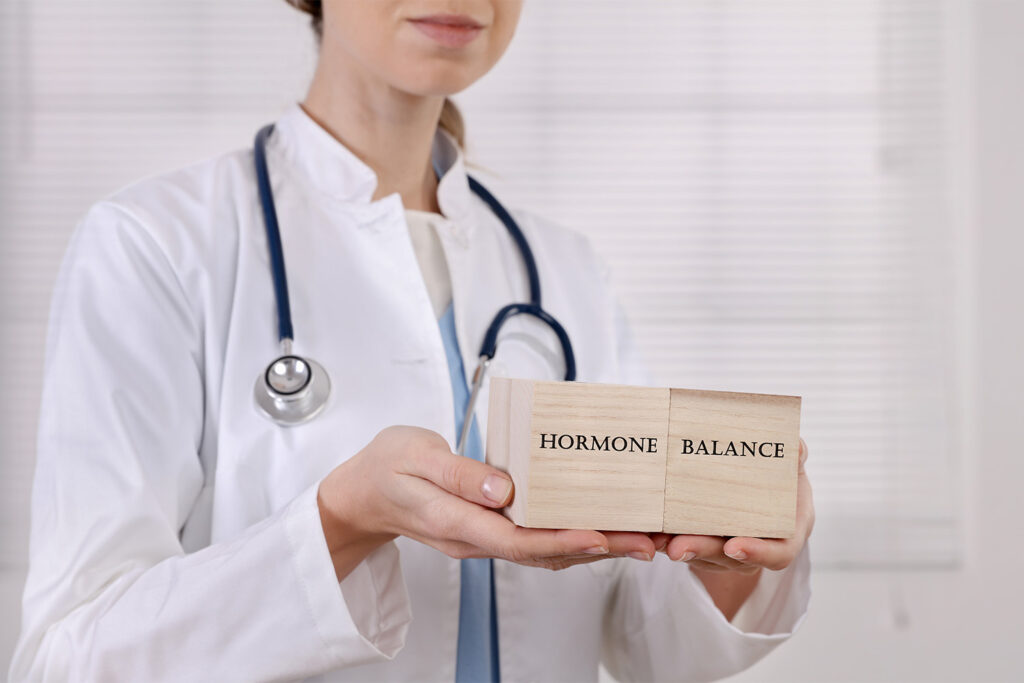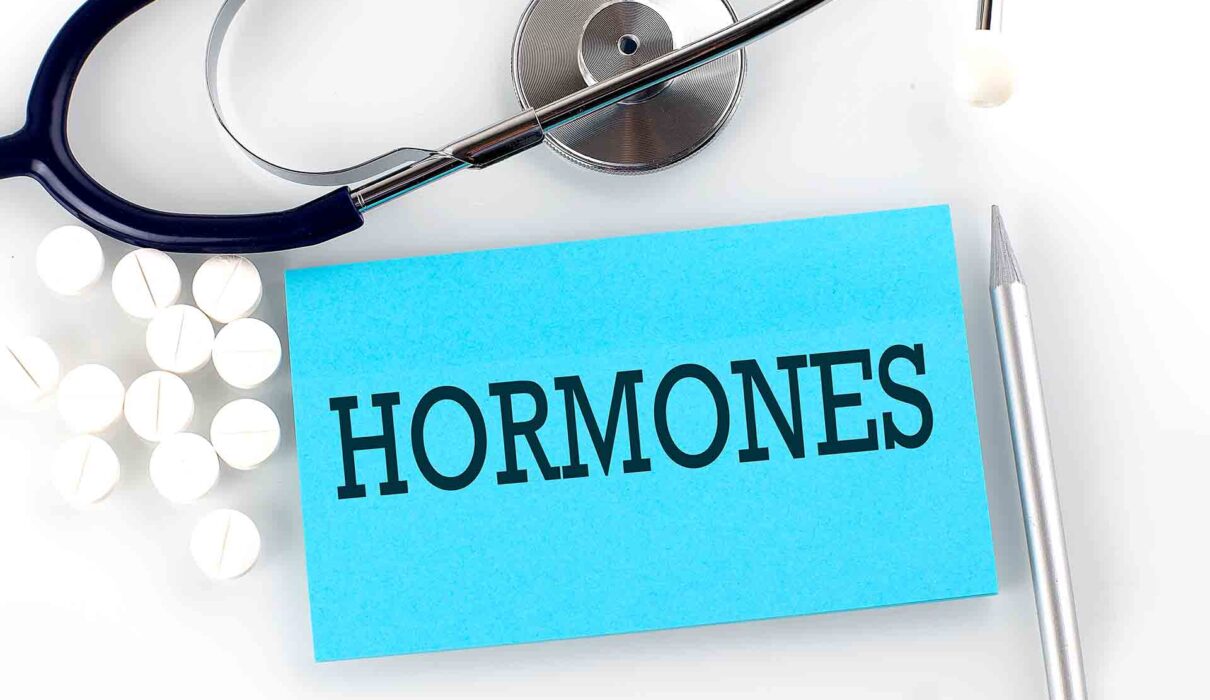
The Role of Hormone Therapy in Gender Transition
For many transgender women and non-binary individuals assigned male at birth (AMAB), hormone replacement therapy (HRT) with estrogen represents a pivotal and transformative step in their journey toward gender affirmation. This therapy is not merely a medical treatment but a profound process that allows individuals to align their physical appearance with their deeply felt gender identity. By introducing estrogen into the body, HRT facilitates significant physical changes, fostering the development of traditionally feminine characteristics such as softer skin, breast growth, and a redistribution of body fat to more closely resemble that of cisgender women.
These changes can be life-changing, providing a sense of authenticity and congruence that many transgender women and non-binary individuals have long sought. Beyond its physical impact, hormone therapy also carries emotional and psychological benefits, helping individuals feel more at ease in their own bodies and empowering them to express their true selves with greater confidence and comfort.
The Basics of Estrogen in Gender Transition
Estrogen is the primary female sex hormone responsible for the development of secondary sexual characteristics in individuals assigned female at birth (AFAB). For transgender women and non-binary individuals undergoing gender transition, estrogen therapy is used to induce these characteristics, helping to create a more traditionally feminine appearance. The hormone works by reducing the influence of testosterone, which is the primary male sex hormone, and promoting the development of features more typical of female bodies.
How Estrogen Affects Body Shape
One of the most sought-after effects of estrogen therapy is its ability to change body shape. While the extent of these changes can vary from person to person, several key areas of the body are typically affected:
1. Fat Redistribution
Estrogen significantly influences the way the body stores fat, leading to a redistribution of fat deposits that create a more feminine body contour. In individuals undergoing HRT, fat tends to move away from areas typical of male fat distribution, such as the abdomen and upper body, and shifts towards areas more common in female bodies, such as the hips, thighs, and buttocks. This shift can result in a softer, curvier silhouette, often leading to the development of a more pronounced waist-to-hip ratio.
However, it’s important to note that while estrogen can help in achieving a more feminine fat distribution, the degree of change varies depending on factors such as genetics, age, and the length of time on hormone therapy. Some individuals may experience significant changes, while others may see more subtle results.
2. Skin Changes
While not directly related to body shape, estrogen also affects the skin, contributing to a more feminine appearance overall. The hormone can lead to softer, smoother skin by increasing collagen production and reducing the thickness of the skin. Additionally, estrogen can decrease oil production, which may result in less acne and a more even skin tone.
3. Muscle Mass Reduction
Another important aspect of body shape influenced by estrogen is the reduction of muscle mass. Testosterone is responsible for the development and maintenance of muscle mass in male bodies. When estrogen therapy reduces testosterone levels, there is typically a decrease in muscle mass, especially in areas like the shoulders and upper arms. This reduction contributes to a less angular and more rounded body shape, enhancing the overall feminine appearance.
The Limitations of Estrogen in Changing Body Shape
While estrogen plays a significant role in reshaping the body during gender transition, it’s important to have realistic expectations about the extent of these changes. Estrogen therapy alone may not be sufficient to achieve all desired physical characteristics, particularly if an individual has already undergone puberty and developed male secondary sexual characteristics.
For example, bone structure is largely unaffected by hormone therapy, meaning that features such as shoulder width, hand and foot size, and facial bone structure remain unchanged. Additionally, while estrogen can help reduce muscle mass and promote fat redistribution, it may not result in the dramatic changes some individuals hope for, particularly if they started HRT later in life.
The Psychological Impact of Estrogen-Induced Body Changes
Beyond the physical changes, the psychological impact of estrogen therapy can be profound. Many individuals report feeling more at ease in their bodies as they begin to see changes that align with their gender identity. The development of a more traditionally feminine body shape can significantly reduce gender dysphoria, leading to improved mental health and well-being.
However, it’s also important to acknowledge that the journey of gender transition can be emotionally complex, and not all changes may meet an individual’s expectations. For this reason, our health center provides comprehensive support, including counseling and mental health services, to help individuals navigate the emotional aspects of their transition.


